Optimal Timing for Concrete Installations
Concrete installations are most effectively completed during specific periods of the year to ensure optimal curing and durability. The ideal time depends on climate conditions, temperature, and humidity levels. Proper timing can prevent issues like cracking, improper setting, or delays caused by adverse weather.
Spring offers moderate temperatures and lower humidity, making it suitable for concrete work. It reduces the risk of early freezing and allows for proper curing.
Summer provides warm weather that accelerates curing but requires precautions against rapid drying and cracking. Adequate watering and shading are essential.
Fall temperatures are generally ideal, with cooler weather helping concrete set slowly and evenly. It also avoids the extreme heat of summer.
Winter temperatures can hinder proper curing and increase the risk of freezing. If winter installation is necessary, additional measures like insulation and heated enclosures are recommended.

Ways to make Concrete Installations work in tight or awkward layouts.
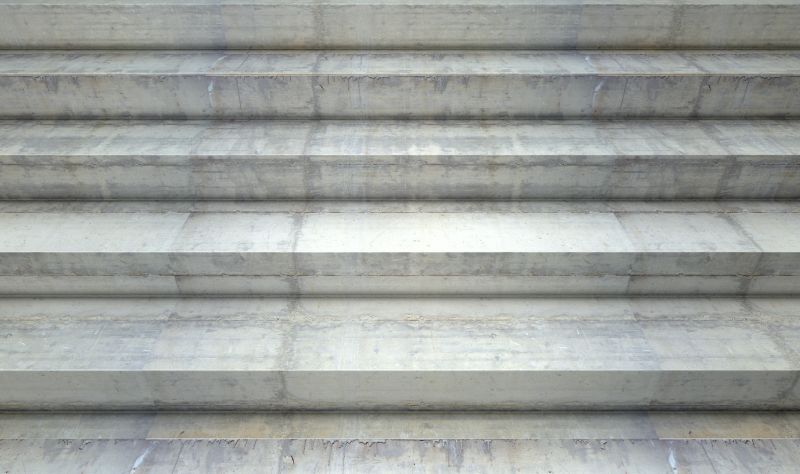
Popular materials for Concrete Installations and why they hold up over time.
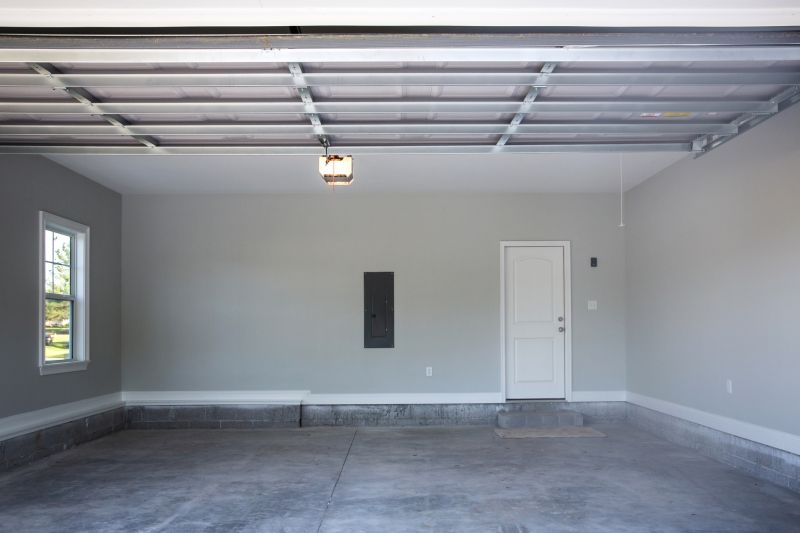
Simple add-ons that improve Concrete Installations without blowing the budget.
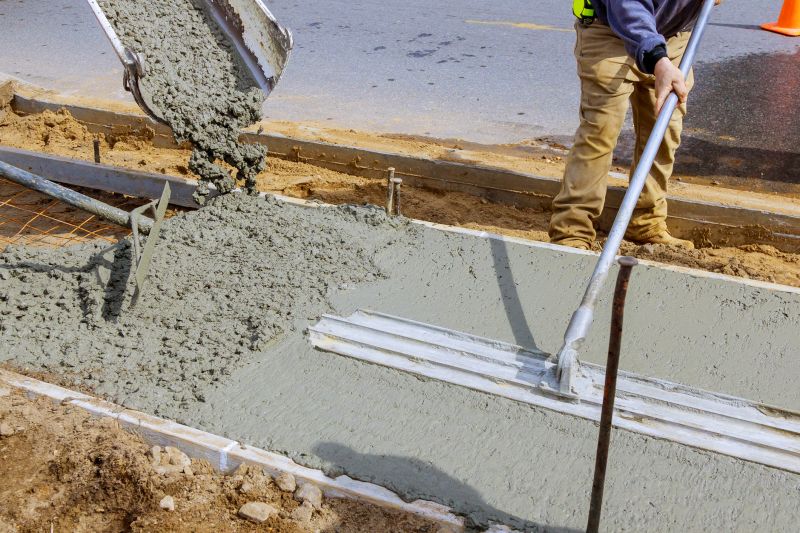
High-end options that actually feel worth it for Concrete Installations.
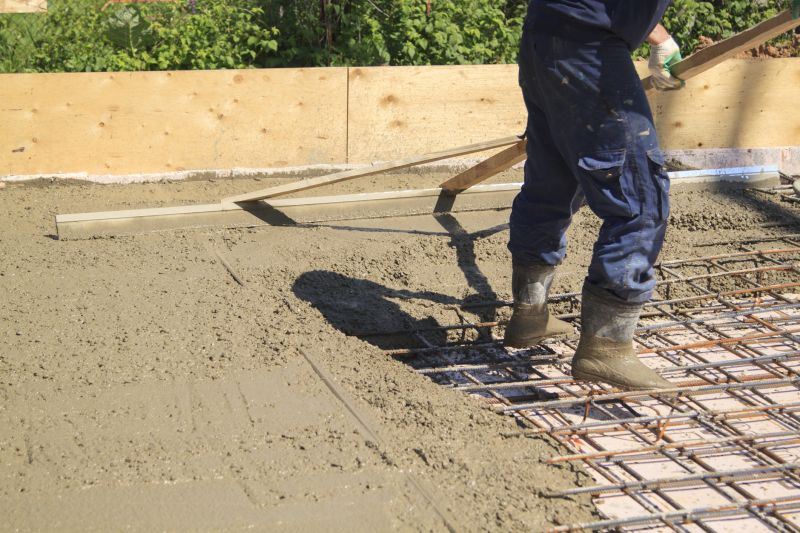
Finishes and colors that play nicely with Concrete Installations.

Little measurements that prevent headaches on Concrete Installations day.

A 60-second routine that keeps Concrete Installations looking new.

A frequent mistake in Concrete Installations and how to dodge it.
| Season | Ideal Conditions |
|---|---|
| Spring | Moderate temperatures, low humidity, minimal freeze risk |
| Summer | Warm weather, requires watering and shading |
| Fall | Cooler temperatures, optimal for curing |
| Winter | Cold temperatures, requires insulation and heating |
Concrete installations involve the placement and finishing of concrete for various structures such as driveways, patios, and walkways. The process requires careful planning to ensure proper curing and strength development. Concrete typically reaches its full strength after several weeks, making timing crucial for project success. Properly timed installations can extend the lifespan of the concrete and reduce maintenance needs.
Statistics indicate that concrete poured during optimal weather conditions experiences fewer cracks and defects. For example, concrete poured in temperatures between 50°F and 85°F with low wind and humidity levels has a higher likelihood of achieving desired strength and finish. Delays or improper conditions can lead to increased costs and longer project timelines.

Small tweaks to make Concrete Installations safer and easier to use.
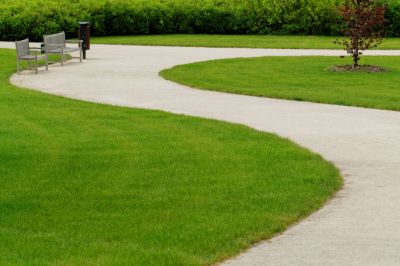
Lower-waste or water-saving choices for Concrete Installations.
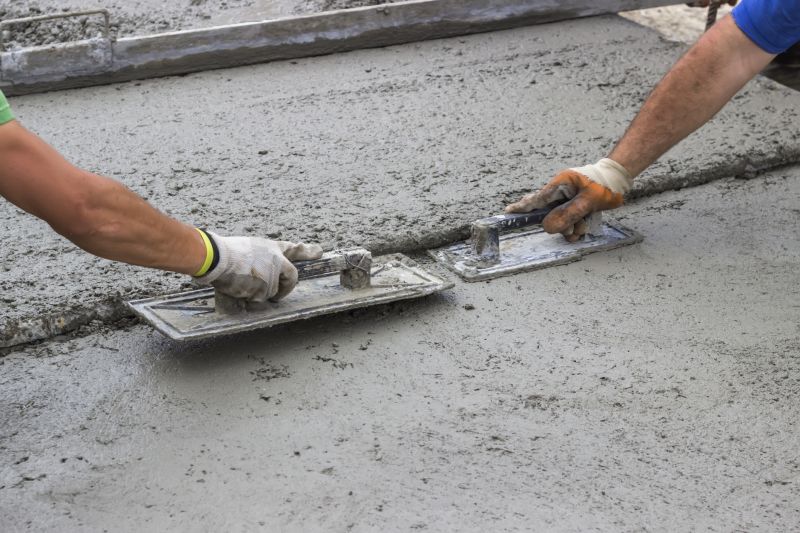
The short, realistic tool list for quality Concrete Installations.

Rough timing from prep to clean-up for Concrete Installations.

Quick checks and paperwork to keep after Concrete Installations.

Examples that show the impact a good Concrete Installations can make.

Ways to make Concrete Installations work in tight or awkward layouts.
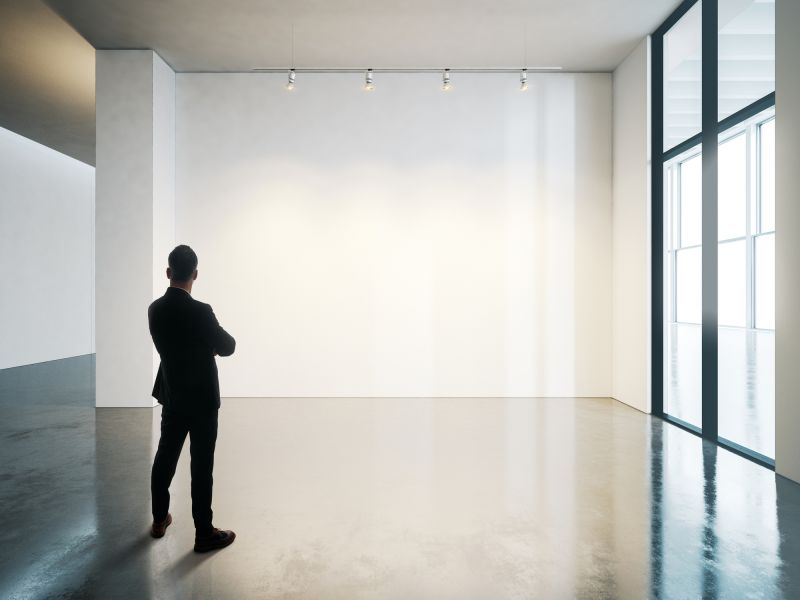
Ways to make Concrete Installations work in tight or awkward layouts.
Those planning concrete projects should consider seasonal weather patterns to optimize results. Consulting with experienced contractors can help determine the best timing based on specific project needs and local climate conditions. Proper preparation and scheduling contribute significantly to the longevity and quality of concrete installations.
Interested in concrete installations in Windsor, CO? Filling out the contact form can provide tailored advice and scheduling options to ensure the best results for any concrete project.
